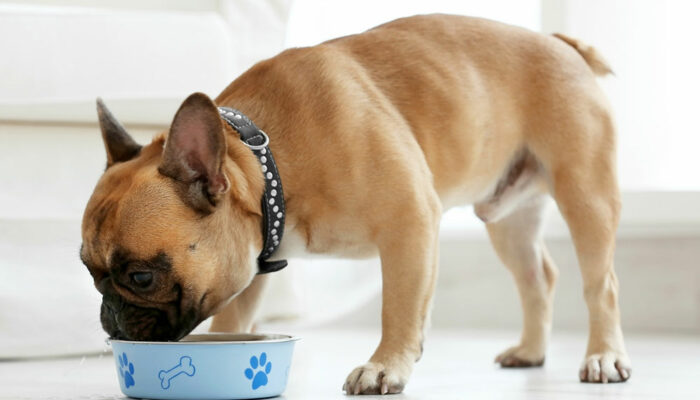
Symptoms and Treatment Options for Overactive Bladder
Overactive bladder (OAB) causes an uncontrolled urge to pee. It may also lead to incontinence. It is quite common in the US and affects over 33 million people. Women are more susceptible to develop OAB as opposed to men. At times, managing the symptoms of OAB can be challenging because OAB is unpredictable.
Symptoms and treatment for overactive bladder
In most cases, OAB directly impacts a person’s social life and leads to emotional distress or trigger isolation. The symptoms and treatments for overactive bladder are interlinked because the doctor will only try to treat the condition depending on the signs you experience.
Symptoms of OAB
People with OAB might experience any one or more of the listed symptoms.
- An overactive bladder triggers an uncontrollable urge to pee, which is often hard to control
- It leads to urgency incontinence, which is an involuntary loss of urine
- You have to wake up over two times from your slumber to pee
- The frequency of urine increases; you might be peeing eight or even more times in a day
- Treatment of OAB
- Pelvic floor muscle exercises
There are special pelvic floor exercises, known as Kegel exercises. These are targeted activities, which help strengthen the muscles and manage the symptoms of OAB, such as nighttime symptoms, urgency, and frequency of urine. When you perform these exercises, you can stop the unwanted contractions of your bladder. You can learn to perform Kegel exercises from a physical therapist or a doctor.
- Bladder training
In this treatment method, you train yourself to delay the urge of urination. You can start with smaller delays, maybe 30 minutes, and then gradually increase the period to three or four hours. Bladder training will be possible only if you know how to do Kegel exercises correctly.
- Medication
Some medications that can be used to treat the symptoms of OAB include mirabegron, trospium, and tolterodine. These medicines will have their share of side effects, including constipation, dry mouth, and dry eyes.
- Nerve stimulation
In this method, the doctor does an electrical stimulation to alter those nerves’ electrical signs, which forward the impulse of peeing to your bladder.
- Botox
In this small dosage of botox is released, which can either weaken or paralyze the bladder muscles. As a result, the contraction is less, and simultaneously there is an improvement in the symptoms. The impact of the botox injection will last anywhere between six to eight months.
- Surgery
If no amount of exercises, therapies, medication, or nerve stimulation work, you will have to undergo surgery to improve your bladder capacity.
- Intermittent catheterization
This treatment option is for people who are unable to empty their bladder fully. So, with the help of a catheter, you can periodically empty your bladder. Before opting for this treatment method, you should consult your doctor.
So, this is all about the symptoms and treatments for overactive bladder.



